WP_Post Object
(
[ID] => 418
[post_author] => 1
[post_date] => 2018-02-06 16:56:15
[post_date_gmt] => 2018-02-06 22:56:15
[post_content] =>
Rik McWhinney’s apartment is a book lover’s haven. Shelves of books stand here and there along the walls, with more books stacked on top. McWhinney reads non-fiction – mostly histories, biographies, memoirs and collections of poetry. He has no time for genres like novels or science fiction, he says, dismissing the libraries in the prisons where he spent 34 years of his life. Those libraries were mainly stocked with paperbacks that portrayed a romanticized Old West that never existed. So, McWhinney read whatever seemed worthwhile from the libraries at the institutions where he was incarcerated, but he also had what he calls an extra “in”: “People would smuggle books in for me.”
He is currently re-reading Che Guevara’s The Bolivian Diary, an account of the revolutionary’s time spent with rebels intent on overthrowing the Bolivian government. McWhinney suggests he was born rebellious. Soon enough, he was a kid in trouble, running away from a broken home and an abusive step-father, living on the streets of Toronto. At age nine he was labeled as incorrigible and sentenced to a reform school at Coburg, Ontario. There was a lot of physical, emotional and sexual abuse there, he says, without elaborating. He graduated to a maximum-security reform school for youth, where he became even more out-of-control. A few years later he was in a federal penitentiary, where he spent most of his adult life until he was paroled in 2007. “The overwhelming majority of guys I met at reform school I met again at the penitentiary,” McWhinney observes.
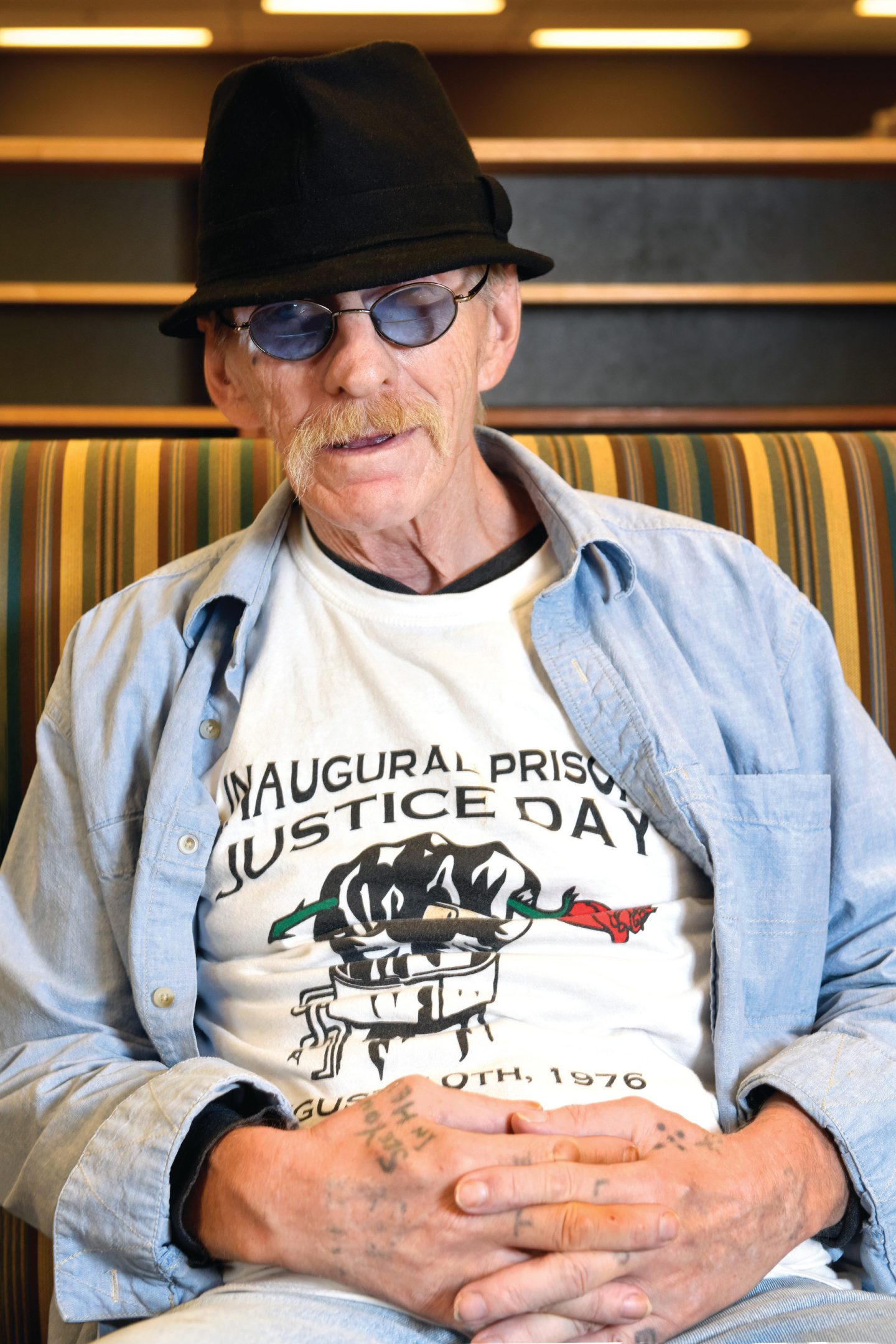
Rik McWhinney spent 34 years in corrections facilities. Earlier this
year, he was a guest speaker in Jason Demers’ English 110 course, a class
focused on prison writing.
During one stretch while he was on the outside, McWhinney stumbled across the poetry of Allen Ginsberg, a high-profile American social and political activist of the 1950s and 1960s. He was impressed by the directness and honesty of Ginsberg’s poetry. By chance, McWhinney bumped into Ginsberg at a poetry reading and had him sign a book. Back in prison, McWhinney struck up a correspondence with Ginsberg that lasted for several years. He also began writing his own poetry. Most of his early work was “just garbage”, he concedes, but he persevered because writing was a therapeutic outlet that served as an alternative to violence.
Today, McWhinney meets regularly with his Friends on the Outside (FOTO) group, and shares portions of his story with interested listeners. Earlier this year, those interested listeners were students in Jason Demers’ English 110 - Critical Reading and Writing course, a class focused on prison writing.
The idea for the course on prison writing originated from Demers’ experience volunteering as a literacy tutor while he was an undergraduate at Queen’s University, working with a prisoner named David at Kingston Penitentiary. “David had an unidentified learning disability. He wrote his words without suffixes, even though he articulated them when reading back his work,” Demers recalls. “He was dealing with some kind of aphasia, and I couldn’t help him. I don’t know how David is doing now, because everything was done on a first-name basis. I can’t track him down, but that experience changed me and stayed with me.”
Demers developed a working definition for the course while researching the work of French philosopher Michel Foucault, who had written histories of how societies have dealt with things like madness, criminality and illness. Demers also learned that Foucault had founded a prison information group of citizens who worked to bring to light what was happening to prisoners in France’s secretive prison system.
“The group didn’t have a political stance. They just thought it was important to break down that wall to allow incarcerated people to speak for themselves,” Demers says.
While some prison writings are thought of as literature – the works of Louis Riel, Oscar Wilde, Nelson Mandela and Martin Luther King come to mind – Demers conceived the course as a multimedia information-gathering project involving everything from poetry and essays to blogs, podcasts and interrogation videos.
“Our definition of what is English literature has expanded in the last half-century to include all kinds of cultural texts,” Demers says. “We spend a lot of time discussing what’s being said and why, developing various contexts for understanding the material we collect, but the unifying factor is taking time to listen to systematically neglected voices.”
The idea for his prison writing class came from English instructor Jason Demers’ experience volunteering as a literacy tutor at Kingston Penitentiary while a student at Queen’s University.
One of the main goals of the course, Demers explains, is to look beyond the stereotypes that words insinuate, to examine how words carry power, and also to examine the networks, practices and procedures that allow some people to define words, while others live out their effects. “The ultimate aim of the course is to hone students’ critical thinking skills.”
McWhinney readily agreed when Demers – who is a member of McWhinney’s FOTO group – asked him if he would come to a class to relate his experiences, read some of his poetry and field some questions. “I would do anything for Jason,” McWhinney says. He gave the students what he terms a perspective they won’t get from anyone else about spending time in several prisons. Most of his poetry focuses on his experiences in solitary confinement, officially called administrative segregation, and particularly his time in what was called the solitary confinement unit at the maximum-security prison in New Westminster, B.C.
Contrary to the movie stereotype, the solitary cells at that prison were not in the basement, but in a unit built on top of one of the cellblocks, which became known as “the Penthouse.”
Cells were basically small concrete boxes with no windows and only a small slot in the steel doors. Prisoners had no control over the temperature or lights in their cells, although the lights were dimmed at night. Exercise consisted of a half-hour pacing the corridor each day. “For 32 months I didn’t see blue sky or green grass,” McWhinney says.
The B.C. Penitentiary (BC Pen) experienced several riots over the years, including a full-scale riot and hostage-taking in 1976 that lasted for three days. A Citizens Advisory Committee that had been formed at the time by the Correctional Service of Canada helped to negotiate a resolution to the situation. McWhinney wrote about the struggle led by prisoners’ rights advocate Claire Culhane to end the conditions that led to the riots – in his poems Slash Solitary and Prison Justice Day.
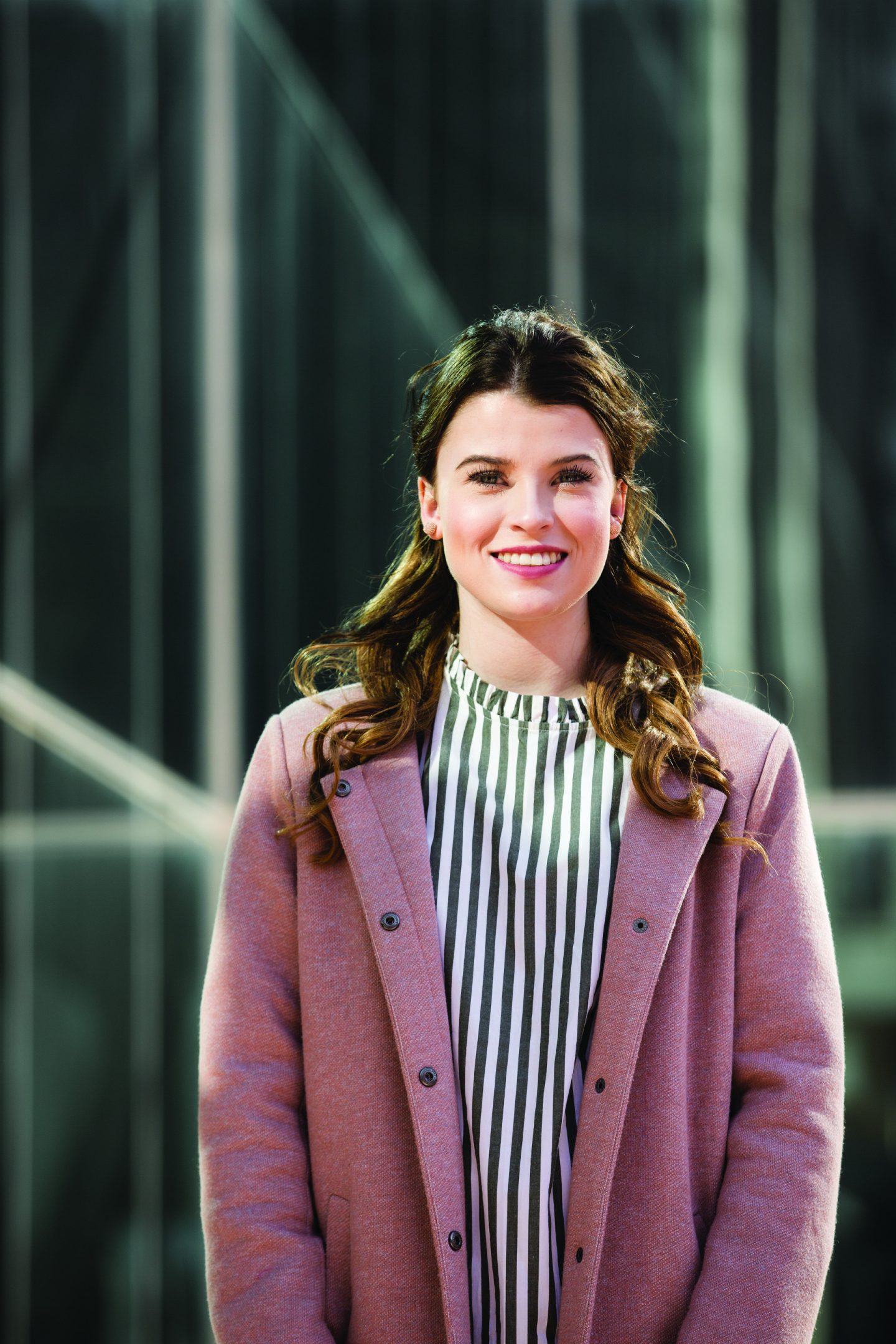
For Sidney Lebrun, taking the prison writing course was so inspirational she changed career paths. After hearing McWhinney’s accounts of prison nurses who were less than kind, she is now studying nursing at the University of Alberta.
The legal action spearheaded by Culhane and other activists resulted in a court decision, which found that solitary confinement as it was carried out at the B.C. Penitentiary constituted cruel and unusual punishment and contravened the Canadian Bill of Rights. One of McWhinney’s possessions that survived riots and his transfers within the prison system is a one-page statement titled Solitary Confinement, written by a criminologist about the court ruling and the effects that solitary confinement has on prisoners.
In response to the court ruling, McWhinney recounts, the prison administration gave the Penthouse a paint job, changed the name to SMU (Super Maximum Unit, the cosmetic change noted in Slash Solitary), installed a larger food slot in the cell doors and gave the prisoners control over the lights in their cells. Still, McWhinney notes, the self-mutilations and suicides continued. (The BC Pen closed in 1980, after 103 years in operation).
McWhinney’s experiences as an activist inmate are an important part of his story missing from his writings. When his friends finally convinced him to upgrade his education, his initial SAT assessment showed that he was reading at a second-year university level. Taking liberal arts and humanities courses with professors from Simon Fraser University and the University of Victoria on-site, McWhinney was soon given a job mentoring other students in the prison.
While he was at Edmonton Institution he became president of the Lifers Group, which sponsored a team in the Special Olympics. He also initiated a one-on-one peer counselling program that empowered designated prisoners to work with other prisoners to address grievances and defuse volatile situations. McWhinney notes that prisoner grievances dropped by 60 per cent after the program was implemented. He recalls one incident where he was able to calm down a prisoner who was angry with a guard and who was threatening to vent his anger on any guard who came into his cell. The alternative would have been for guards to intervene with force, and possibly lethal results. The Correctional Service of Canada eventually ordered that the program be implemented in all of its facilities.
Sidney Lebrun was deeply moved by McWhinney’s appearance in the classroom and she strongly recommends the course to anyone. She began her studies at the University of Regina in journalism, but without a firm career plan in mind.
“In my first year I was taking a psychology class that briefly touched on corrections and justice issues,” Lebrun says. “I also began binge-watching Orange is the New Black, and so when I saw a poster about the course, I was interested.”
Lebrun says she was “immediately astounded” by the first lectures in the course, which provided a condensed history of the prison system, outlining the past and present roles of prisons in society. She recalls McWhinney’s visit to the class as an exceptionally moving morning. “The raw and honest energy in the room was humbling, and it helped to piece together all of the lessons and lectures the class had learned thus far. Before the course, I had learned something about the subject through the media and scholarly articles,” Lebrun observes, “but as the course progressed, I saw empathy and understanding fall across my fellow classmates as well. The change in energy and awareness was a key highlight I recall from the course.”
English 110 was a major factor in helping Lebrun find the career path she had been looking for. She decided to pursue a nursing degree, having heard McWhinney describe how nurses in the penitentiaries where he lived were cold, callous and borderline abusive. "I believe that if more people treated prisoners as people and less like numbers, reform within the penitentiaries would happen at a greater rate. I plan to be a part of the positive change in the system through the healthcare route," she says. (Lebrun is currently completing her Bachelor of Science in Nursing at the University of Alberta. She also plans to broaden her experience through volunteer visits to prisons in the Edmonton area).
Her advice to anyone considering taking the course is succinct: Take it. Even if English is not your strong suit or if you are generally indifferent about prison issues, the course content is interesting and thought-provoking. “You will have a better understanding of society, human nature, and the correctional and legal systems that you will carry with you and that will aid you in your day-to-day life.”
Demers has offered the course twice, and it will likely be offered again. He was delighted to walk into class every week to encounter so many open minds and people who cared so deeply about other people among his students. Returning to the course theme of unhelpful stereotypes, Demers notes that he doesn’t understand the “me generation” label often attached to young people when he sees students with a genuine desire to learn about lives that are entirely different from their own. “Young people understand, perhaps better than anyone, that people are connected and we need to learn to live together,” he says.
These days, Rik McWhinny does more reading than writing in his cozy apartment, which, with an ironic twist, he calls his cell. Crohn’s disease flare-ups sometimes make his life miserable but are minor compared to the 34 years living under constant lock and key that he describes in Force Majeure.
[post_title] => Shedding light on prison writing
[post_excerpt] => An innovative prison writing course offered at the University of Regina is giving students new insights into corrections, while examining the voices of the neglected and ignored.
[post_status] => publish
[comment_status] => open
[ping_status] => open
[post_password] =>
[post_name] => shedding-light-on-prison-writing
[to_ping] =>
[pinged] =>
[post_modified] => 2018-04-26 11:04:27
[post_modified_gmt] => 2018-04-26 17:04:27
[post_content_filtered] =>
[post_parent] => 0
[guid] => http://vm-uor-degrees/?p=418
[menu_order] => 0
[post_type] => post
[post_mime_type] =>
[comment_count] => 0
[filter] => raw
)
WP_Post Object
(
[ID] => 434
[post_author] => 1
[post_date] => 2018-02-07 02:08:36
[post_date_gmt] => 2018-02-07 08:08:36
[post_content] =>
David Garneau's artworks have been exhibited nationally and internationally in group and solo shows. His work can be found in numerous collections, including the Canadian Museum of Civilization in Ottawa, Canadian Parliament, the MacKenzie Art Gallery, the Saskatchewan Arts Board and the City of Calgary. His most recent installation, however, is in an unconventional location: underneath the new light rail transit (LRT) Tawatina Bridge in Edmonton.
This is the first time the Métis artist has attempted a project of this scale. "I've done murals in the early 80s at daycares in Calgary, but nothing close to this," he says.
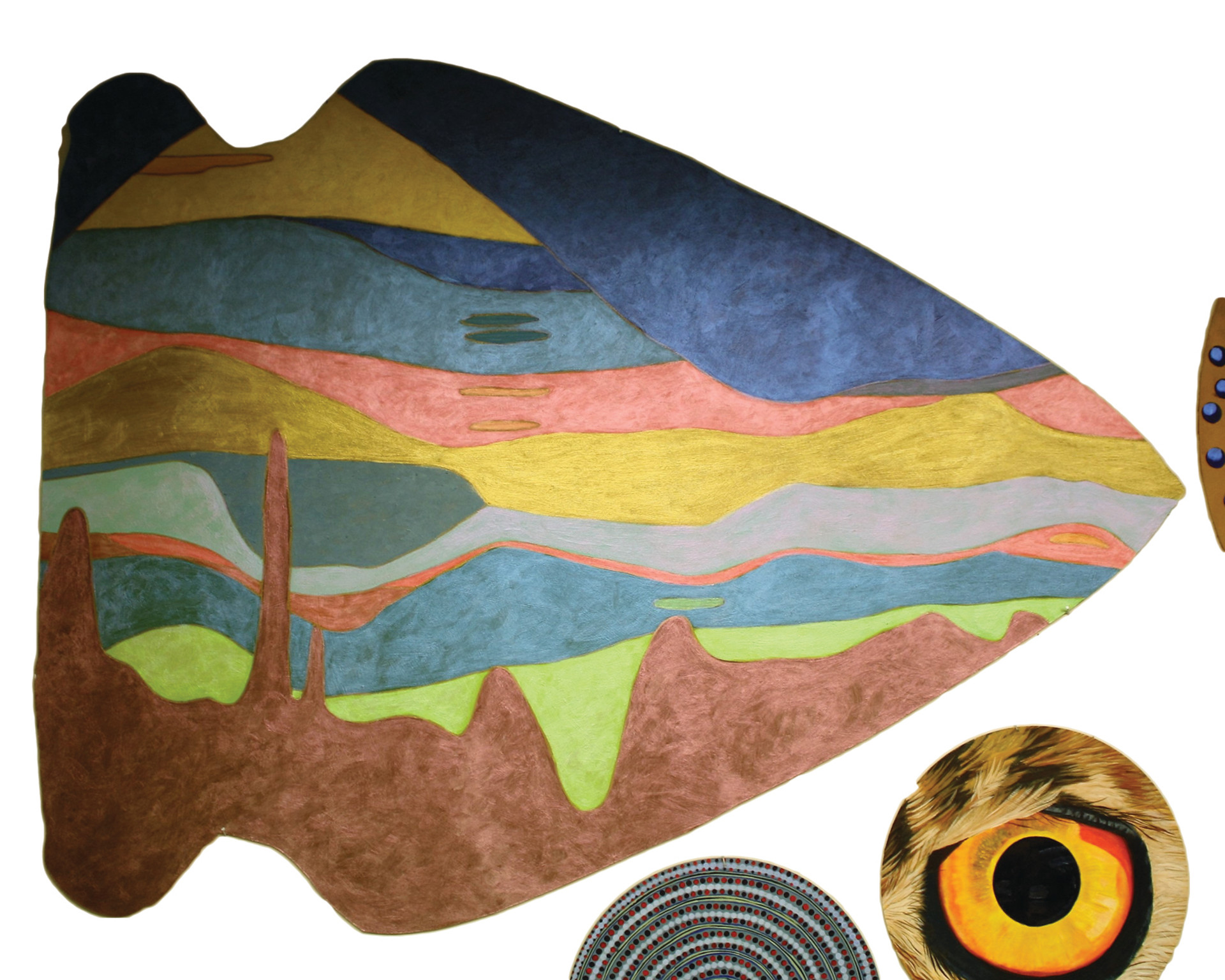
Garneau was inspired to apply for the Tawatina Bridge public art commission after he was involved in the consultation process for an Indigenous Art Park in Edmonton. He was one of six artists brought in by the city to give advice on best practices for Indigenous art commissions. As a result, meaningful consultations with Indigenous Elders, community members and artists were part of the process for both the art park and the LRT bridge commissions.
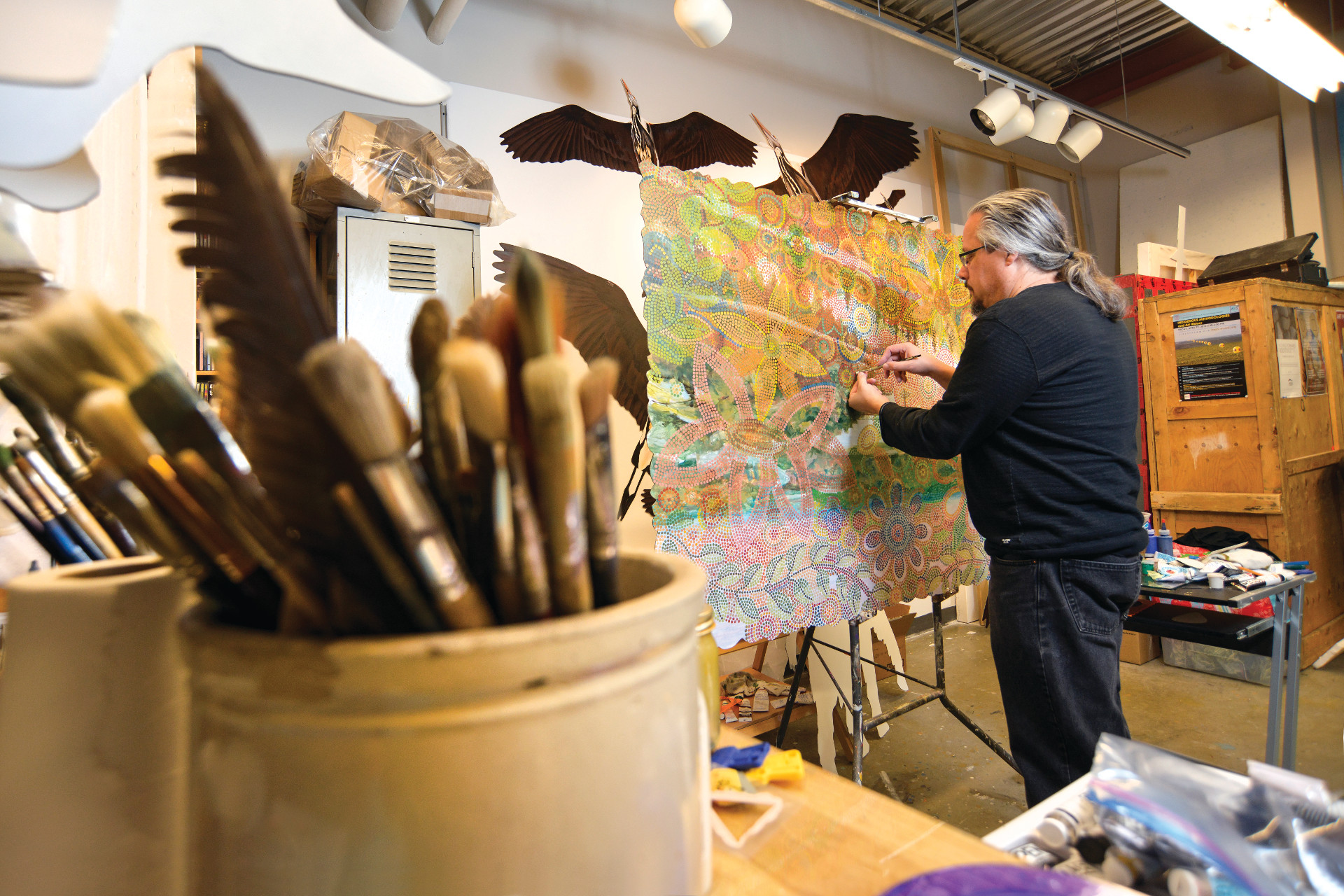
David Garneau in his University of Regina studio.
"This project will bring lots of visibility to MAP, to our faculty and students," says Rae Staseson, dean of MAP. "It is so exciting to watch the work develop and to see students being mentored on this project. It is transformative in so many ways, and demonstrates the strength and quality of the work being produced by Indigenous artists in this province, and particularly at the University of Regina, where David is an important mentor and teacher of emerging artists."
"The fact that Métis culture is represented in this project is crucial to me. Métis culture was forced underground. People are rediscovering it, but this resilience must come with enrichment."
Robert Harpin, public art officer with the Edmonton Arts Council, which is engaged by the City of Edmonton to manage the public art program, says that Garneau's work was chosen because of its ambitious nature. Originally, he had proposed 100 paintings for the project, which impressed the council. Since acquiring the commission, Garneau has quadrupled the amount of work to be created.
"He is such a respected artist in Canada," Harpin says. "These are all original paintings going on the underside of this bridge. It's not just about the numbers, though. A lot of public art doesn't have the artist's hand quite the way this piece will."
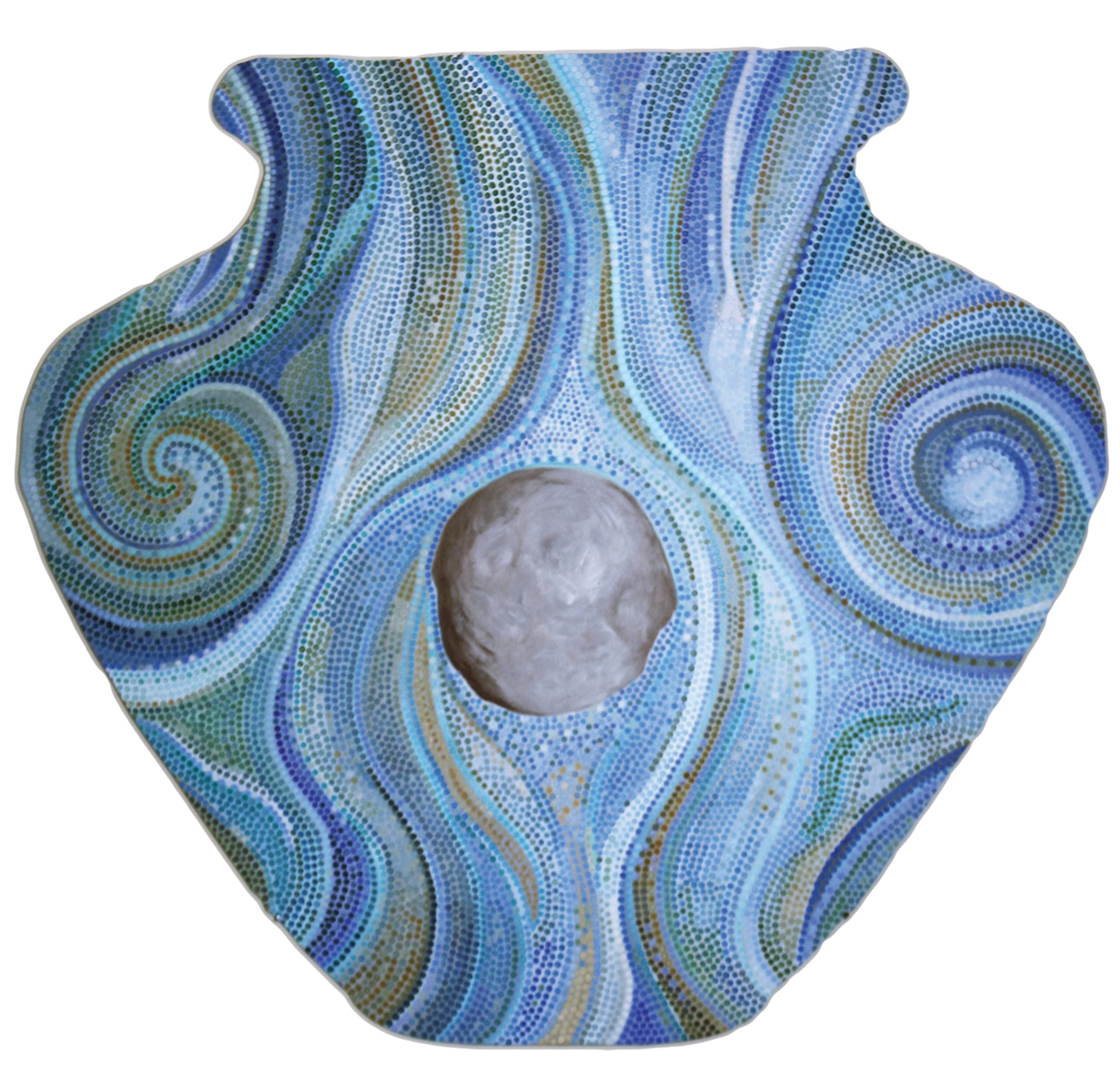
Harpin calls the amount of consultation Garneau has committed to "absolutely staggering and critical to this project." In addition to combing through the Métis beading and other material culture at the Royal Alberta Museum, Garneau continues to engage with Indigenous people around the city, especially the Métis Nation of Alberta, and Chief Calvin Bruneau and members of the Papaschase Band. He is also soliciting stories and feedback through the project's website (tawatinabridgeartproject.ca).
While the themes and style are primarily Métis and Cree, Garneau also wants to refer to other peoples of the region. For example, he met recently with Nii Koney and members of the Nile Valley Foundation about representing the African Diaspora.
"It's not just the stories of the Indigenous community, rather it's the stories of the people of this place that he's engaged in this particular project," Harpin says. "The amount of research and connection to various communities is on a level that I've never seen a public artist take on. It's absolutely remarkable. There's often a lot of contention around public art, but this piece - David is extending himself so far beyond what the average public artist would be doing. It's kind of a coup for the city - I'm personally thrilled that we have a massive David Garneau project going in. It's an honour for us, and I hope he's getting a lot out of it."
For Garneau, consultation is essential. "I feel the weight of the Métis and First Nations community on my shoulders," he says. He made six trips to Edmonton in the year since receiving the commission to engage with Elders and community members, seeking out their ideas of imagery that should be included in the project. A significant portion of his budget is dedicated to the consultation process, making sure that Elders and others are paid for their cultural consultation and showing them that the project is being taken seriously. "This is not the expression of an individual artist, but an expression of a community and an individual artist working together. That's the part I'm most excited by."
Consultation also helps to ensure that the resulting public art project is authentic and does not upset members of the community. A recent controversy took place in Calgary, where a New York artist created public artwork that offended local First Nations, as they felt it emulated Indigenous burial scaffolding. Before accepting the commission, Garneau researched public art, even giving a lecture in Canmore about why bad public art happens. He says the culprit is usually juries made up of community people who understand communities and artists who understand art, but neither understanding the unique field that is public art.
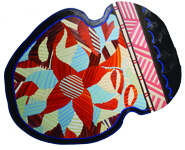
"Working with the community and Elders has been the most joyful part of this project. People are excited to have their stories represented. While I hope my team and I will make something beautiful and of lasting visual interest, the paintings respond to the site, its history, and will have some unsettling content," says Garneau.
The 400-piece scope of the mural also acts like a fail-safe mechanism. "If I unintentionally upset someone, I can take that part of it out."
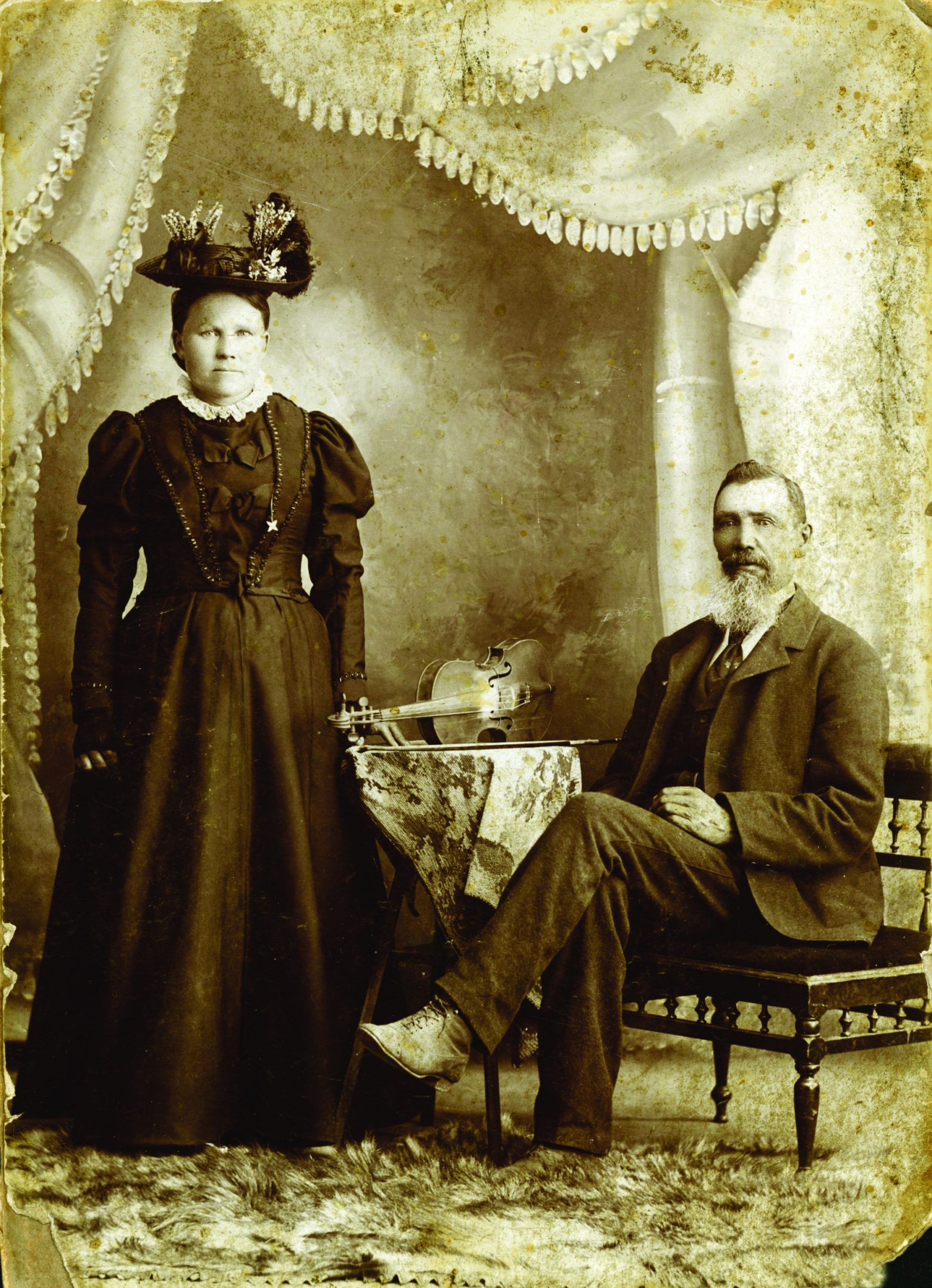
David Garneau's great-great grandparents, Laurent and Eleanor Garneau. Laurent Garneau is the Métis son of a French fur trader. He was one of Louis Riel's soldiers in the Red River Resistance of 1869 and moved to Edmonton in 1874
The Garneau legacy made the news in September when a tree that Eleanor planted was declared unsafe due to rot and was slated to be removed. The tree is in the City of Edmonton's inventory of historic resources, usually reserved for buildings, and is well known among residents.
The community came together in celebration of the 143-year-old Manitoba maple with a ceremony and Métis kitchen party hosted by Cheryl L'Hirondelle, David Garneau, the University of Alberta and the Métis Nation of Alberta. Garneau flew back to Edmonton for the occasion and was among hundreds of attendees, many of whom had ties to the Garneau family. Thanks to the generosity of the University of Alberta, wood from the tree is being salvaged, dried and milled, and will be distributed among interested family, community members and Métis carvers.
The Garneau tree was planted about 1874 and survived more than twice as long as most Manitoba Maples. The ailing tree was removed shortly after this photo was taken.
The community came together in celebration of the 143-year-old Manitoba maple with a ceremony and Métis kitchen party hosted by Cheryl L'Hirondelle, David Garneau, the University of Alberta and the Métis Nation of Alberta. Garneau flew back to Edmonton for the occasion and was among hundreds of attendees, many of whom had ties to the Garneau family. Thanks to the generosity of the University of Alberta, wood from the tree is being salvaged, dried and milled, and will be distributed among interested family, community members and Métis carvers.
The relationship between the Garneaus and the Papaschase Band continues today, with the artist consulting with the current chief in order to incorporate Papaschase history into the public artwork. "He told me things about my family that I didn't know," he says.
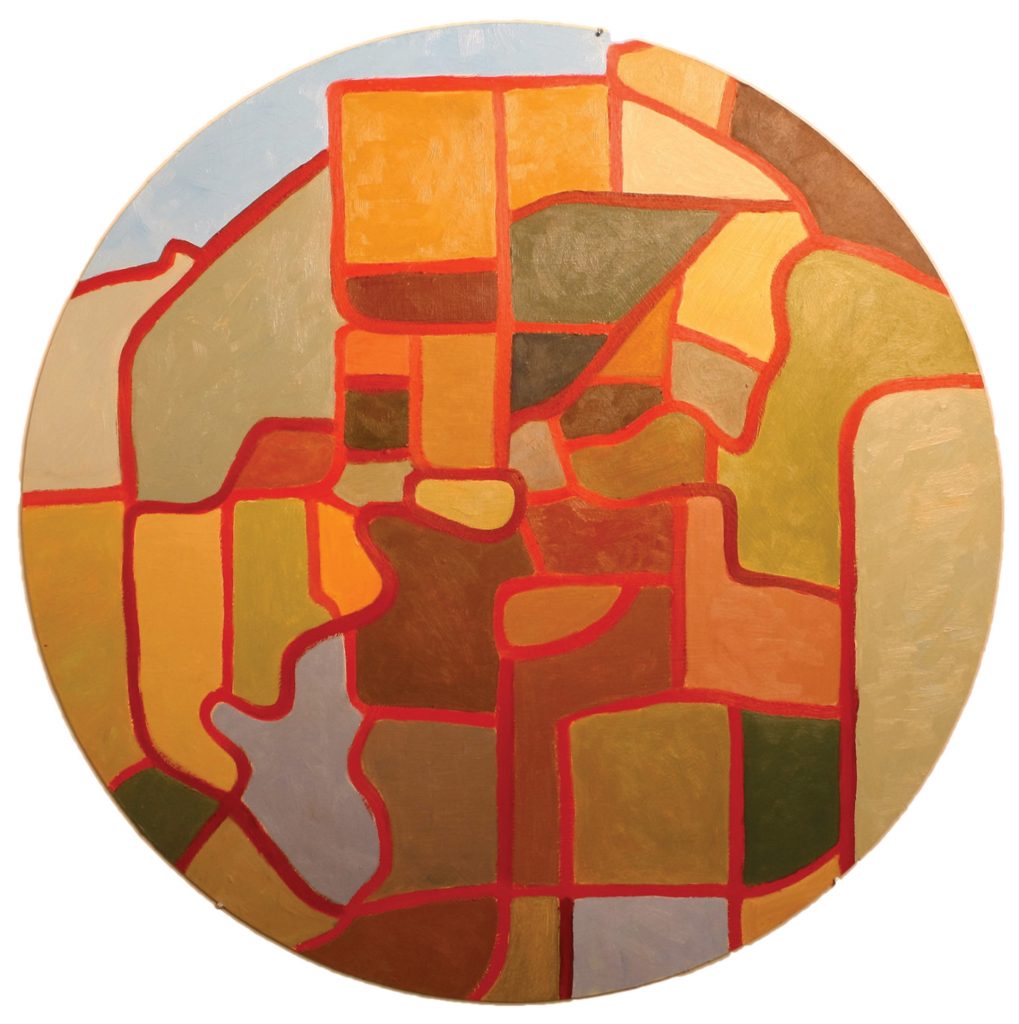
This winter Garneau will play a Métis interpreter in an upcoming re-enactment of the adhesion to Treaty Six signing in Edmonton, reinforcing parallels between past and present relationships.
One challenge Garneau faced in expressing Métis themes in his work is that, traditionally, Métis people didn't paint much, making it difficult to use Métis painting as a source for contemporary art. Instead, Garneau is looking to Métis beadwork from the area as major inspiration, translating the beads into painted dots.
MAP graduate student Madhu Kumar considers her involvement in the project a once-in-a-lifetime opportunity.
"The fact that Métis culture is represented in this project is crucial to me. Métis culture was forced underground. People are rediscovering it, but this resilience must come with enrichment," he says. "For a long time, Métis culture focused on Batoche in 1885. That moment is important, but should not stand as the paragon of Métisness. I am excited to contribute to the continuation and advancement of Métis culture."
Some of the panels of the mural are based on archival photos and others are more playful. "The long (200 metres) bridge format gives me a lot of freedom. When an artwork is on a wall, there's a certain weight to it. When painting for the ceiling, you can take advantage of that space and feel that weightlessness."
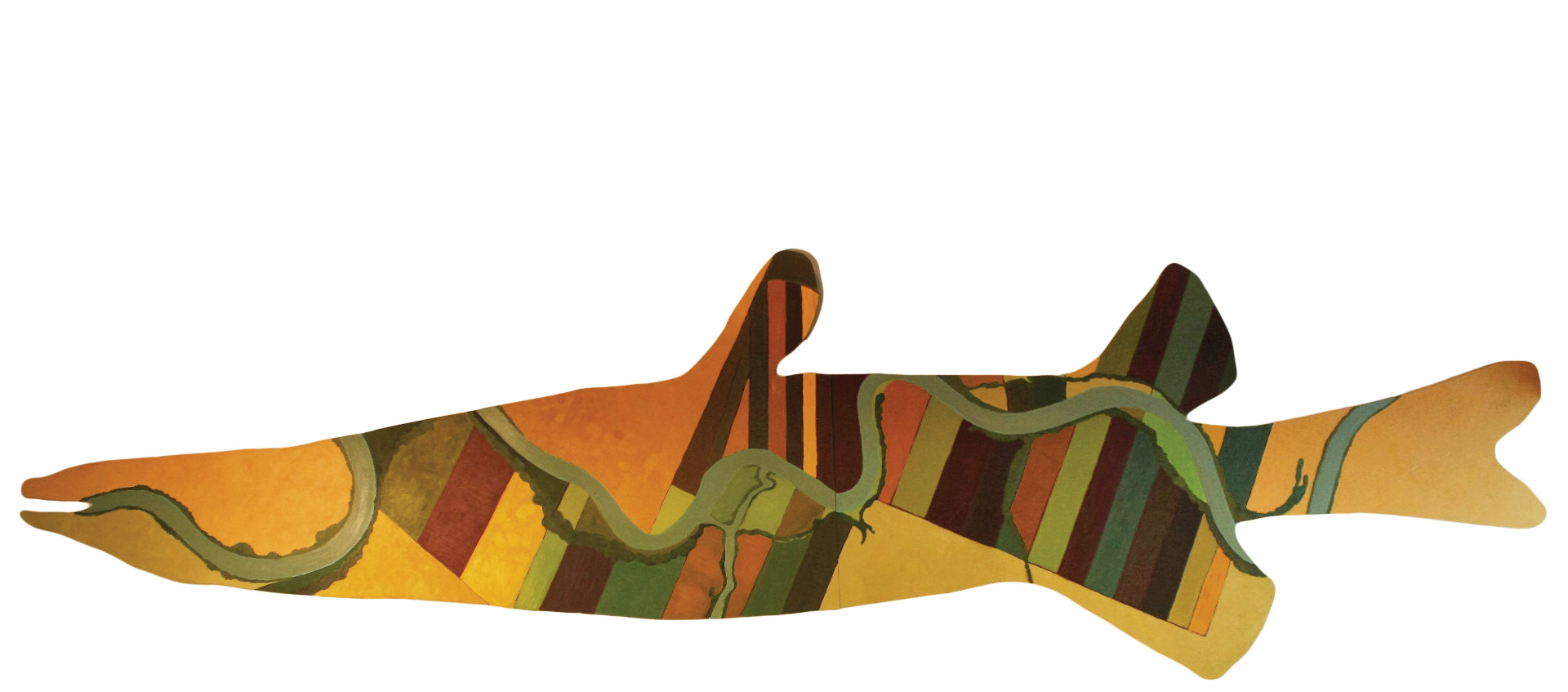
He created an animated crow using 30 still images of the bird to make it look like it is flapping its wings as you walk below it. A dozen cranes will be arranged in a spiral, varying from twenty centimetres to two and a half metres. There is a large painting of the inside of a teepee, from the vantage point of someone lying inside it and looking up at the sky peeking out between the poles. One hundred little fish will "swim" throughout, including representations of all the different kinds of fish that live in the river flowing under the bridge.
A top hat with a beaver painted in it is a reference to the fur trade - Edmonton is known in Cree as Amiskwaciy or "beaver hills." A painting of a Google Earth image of the old bridge being taken down, as well as a representation of some of the carvings people had made in that bridge, are nods to a structure beloved by many in the Edmonton community.
While some images are obvious representations, others are attached to stories and local knowledge; this artwork requires storytelling to become complete. When finished, Garneau will give talking tours of the project. After that, the stories will not be written down; it will be up to other storytellers to narrate the painting cycle. "Some stories are not mine to tell. I have been asked to make an image, but the story can only be unlocked by those gifted with the responsibility of the story," explains Garneau.
This echoes his work as a co-curator (with Michelle LaVallee) on the project Moving Forward, Never Forgetting at the MacKenzie Art Gallery in 2015. As part of that exhibition, the Aboriginal artwork was activated by stories told by a story keeper rather than by words printed on paper. "I can see schoolchildren reading this mural like a book," he says. "My ideal viewer would be lying on a longboard looking up, watching it flow like a river or like the movement of clouds."
Garneau knew he would never be able to complete a project of this scope on his own. He has engaged mostly Indigenous University of Regina students and recent graduates, a team of graffiti artists in Edmonton led by AJA Louden, and his two children, B and Cassandra, to help. They are doing the prep work - sanding and priming the 400 plus pieces - as well as some of the painting, under Garneau's mentorship. He expects about half of the project costs will go toward preparation and labour. "It's important to me to have students involved, not just in the painting, but hearing the stories and getting experience for future commissions. I think this is something we could teach in the future," he says.
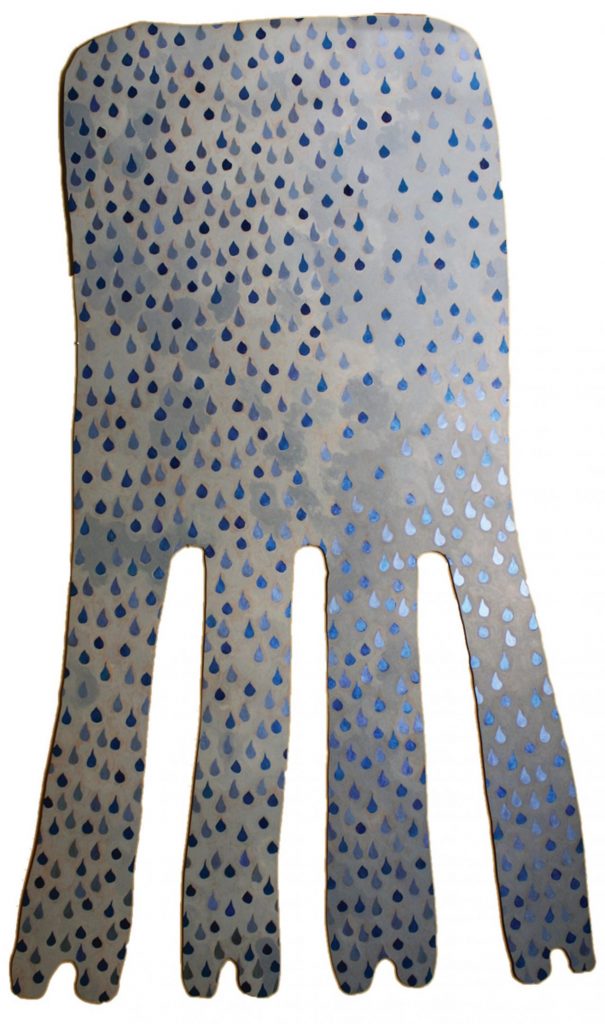
Garneau's main student assistants for the project include Matthew Lapierre, Mackenzie Grad BFA'17, Sadie George, Evan Obey, Sarah Timewell, David Zhang and Madhu Kumar BFA'17. Kumar, originally from India, had the distinction of painting a portrait of Chief Papaschase on the shape of a cloud, among other works. "I felt the practical knowledge of painting connected me more to Indigenous people. These are all Indigenous people's stories that are true and real, and you feel that," she says.
"This is a once-in-a-lifetime experience. In 2015, I went to Rome and saw the Sistine Chapel. I went there twice to see it. And I stood there a long time dreaming about it. It seems my dream has come true through David's project," she says.
A substantial amount of work has been done on the project already. By next summer, Garneau will be in the studio, painting full time. Two years seems like a long time, but with a busy academic schedule, giving talks across Canada and writing book chapters, he knows it will fly by.
In addition to serving as a beautiful work of art for Edmonton residents to appreciate, the project serves as an important metaphor. "This is a traditional transit space for Métis, Indigenous and other peoples; a bridge between two settled sides of the river bank. It's about the conciliation between settlers and Indigenous peoples and taking the middle space seriously," Garneau says.
[post_title] => Bridging the past and the future
[post_excerpt] => Métis artist and associate professor David Garneau is working on a two-year art commission for the City of Edmonton.
[post_status] => publish
[comment_status] => open
[ping_status] => open
[post_password] =>
[post_name] => bridging-the-past-and-the-future
[to_ping] =>
[pinged] =>
[post_modified] => 2023-03-29 11:36:34
[post_modified_gmt] => 2023-03-29 17:36:34
[post_content_filtered] =>
[post_parent] => 0
[guid] => http://vm-uor-degrees/?p=434
[menu_order] => 0
[post_type] => post
[post_mime_type] =>
[comment_count] => 0
[filter] => raw
)
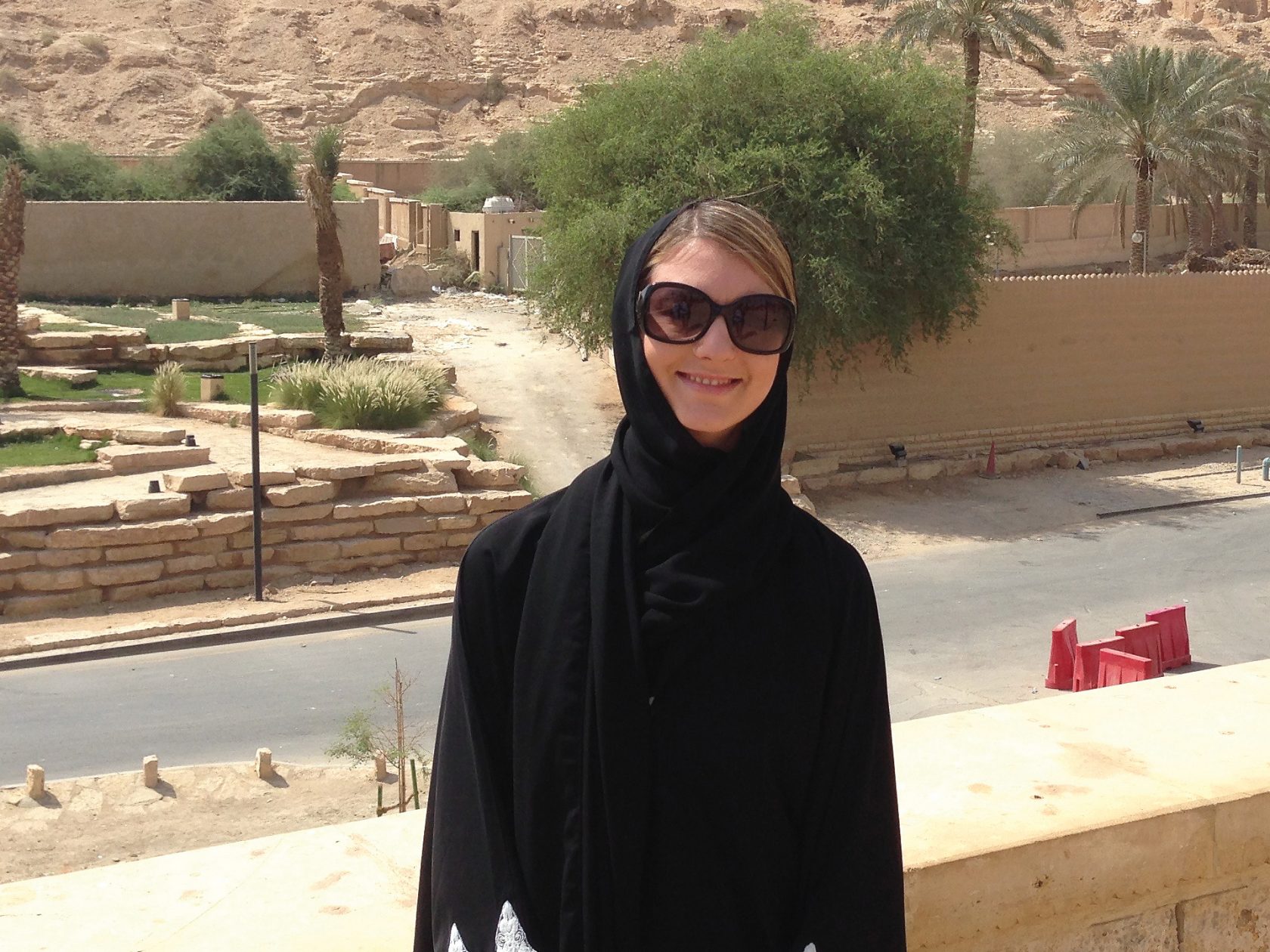
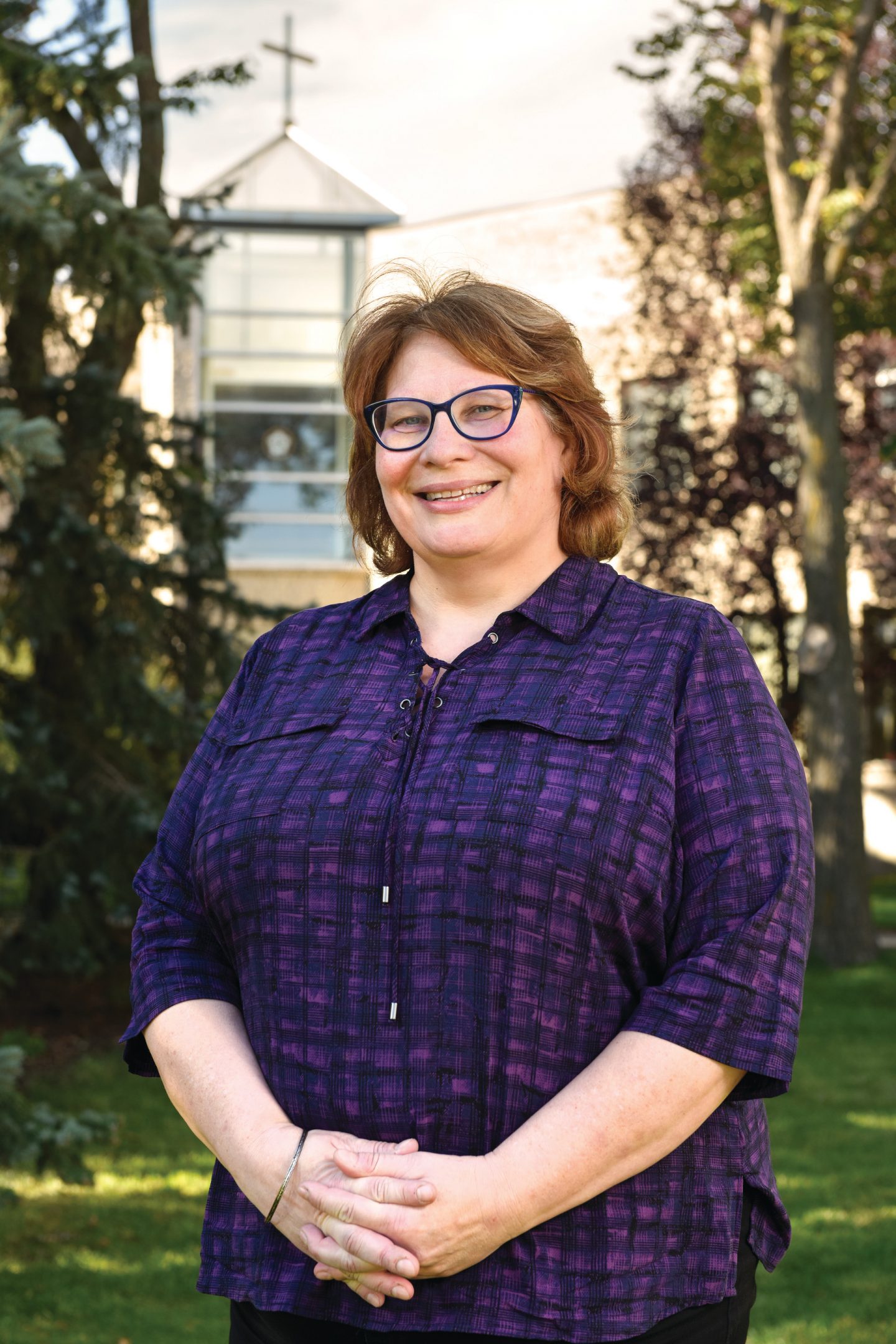
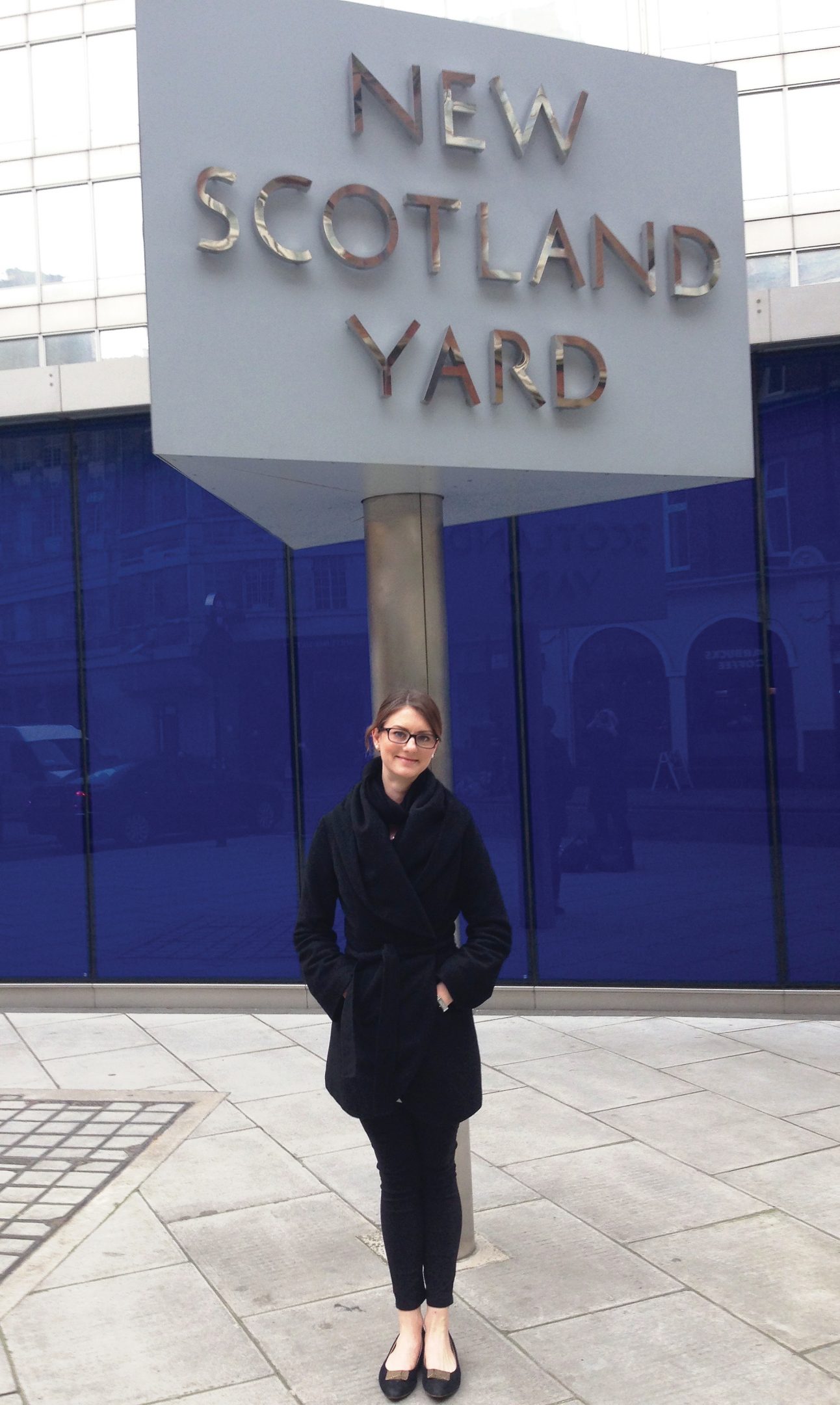


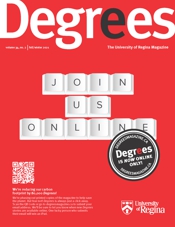

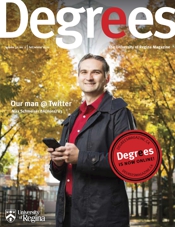


 Rik McWhinney spent 34 years in corrections facilities. Earlier this
year, he was a guest speaker in Jason Demers’ English 110 course, a class
focused on prison writing.
Rik McWhinney spent 34 years in corrections facilities. Earlier this
year, he was a guest speaker in Jason Demers’ English 110 course, a class
focused on prison writing.
 For Sidney Lebrun, taking the prison writing course was so inspirational she changed career paths. After hearing McWhinney’s accounts of prison nurses who were less than kind, she is now studying nursing at the University of Alberta.
For Sidney Lebrun, taking the prison writing course was so inspirational she changed career paths. After hearing McWhinney’s accounts of prison nurses who were less than kind, she is now studying nursing at the University of Alberta.




 David Garneau's great-great grandparents, Laurent and Eleanor Garneau. Laurent Garneau is the Métis son of a French fur trader. He was one of Louis Riel's soldiers in the Red River Resistance of 1869 and moved to Edmonton in 1874
David Garneau's great-great grandparents, Laurent and Eleanor Garneau. Laurent Garneau is the Métis son of a French fur trader. He was one of Louis Riel's soldiers in the Red River Resistance of 1869 and moved to Edmonton in 1874


